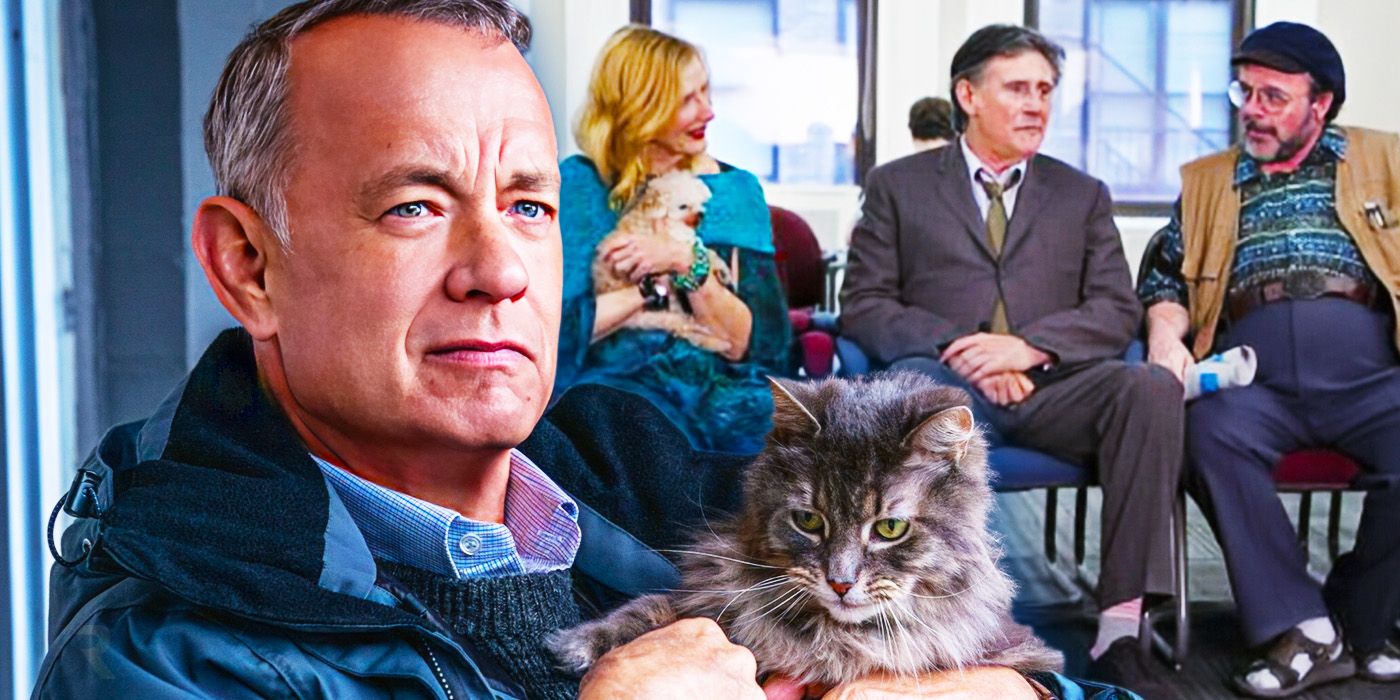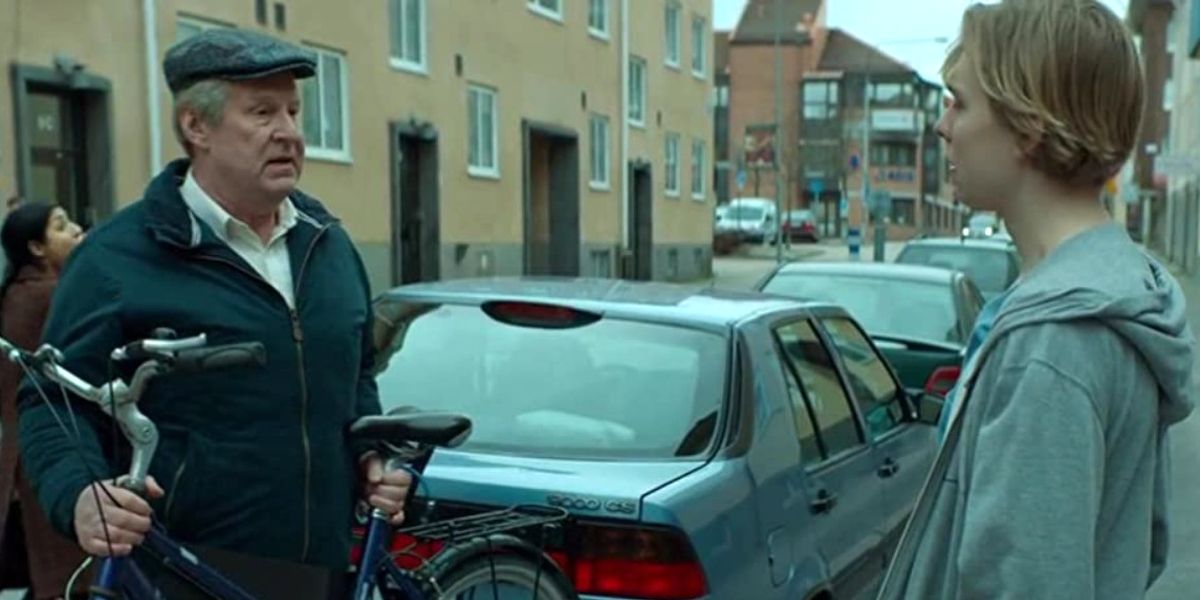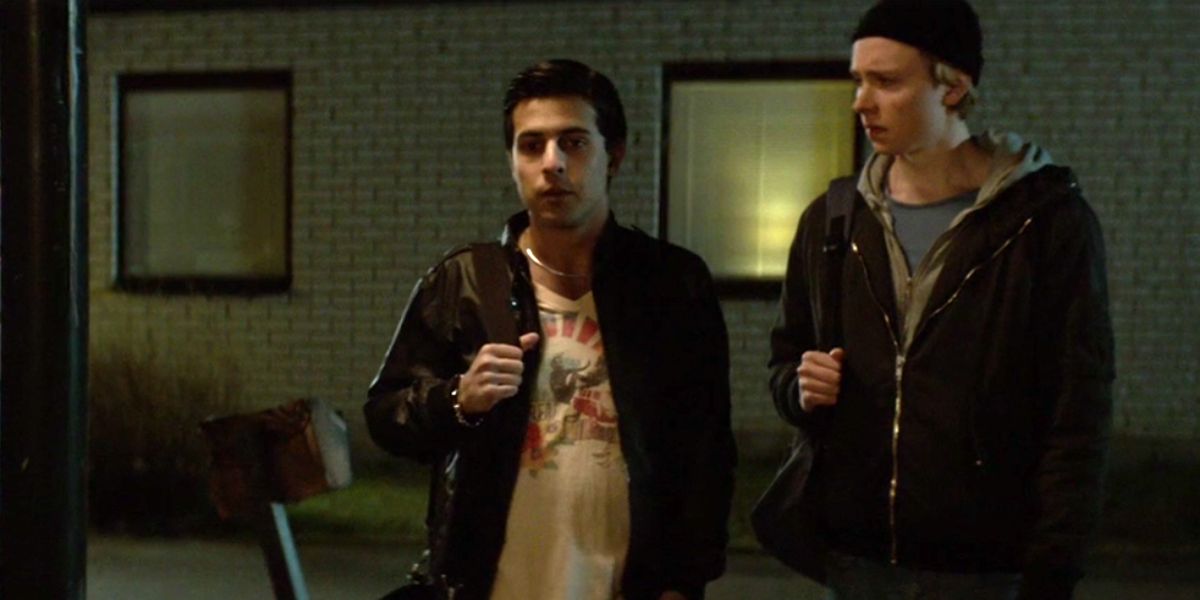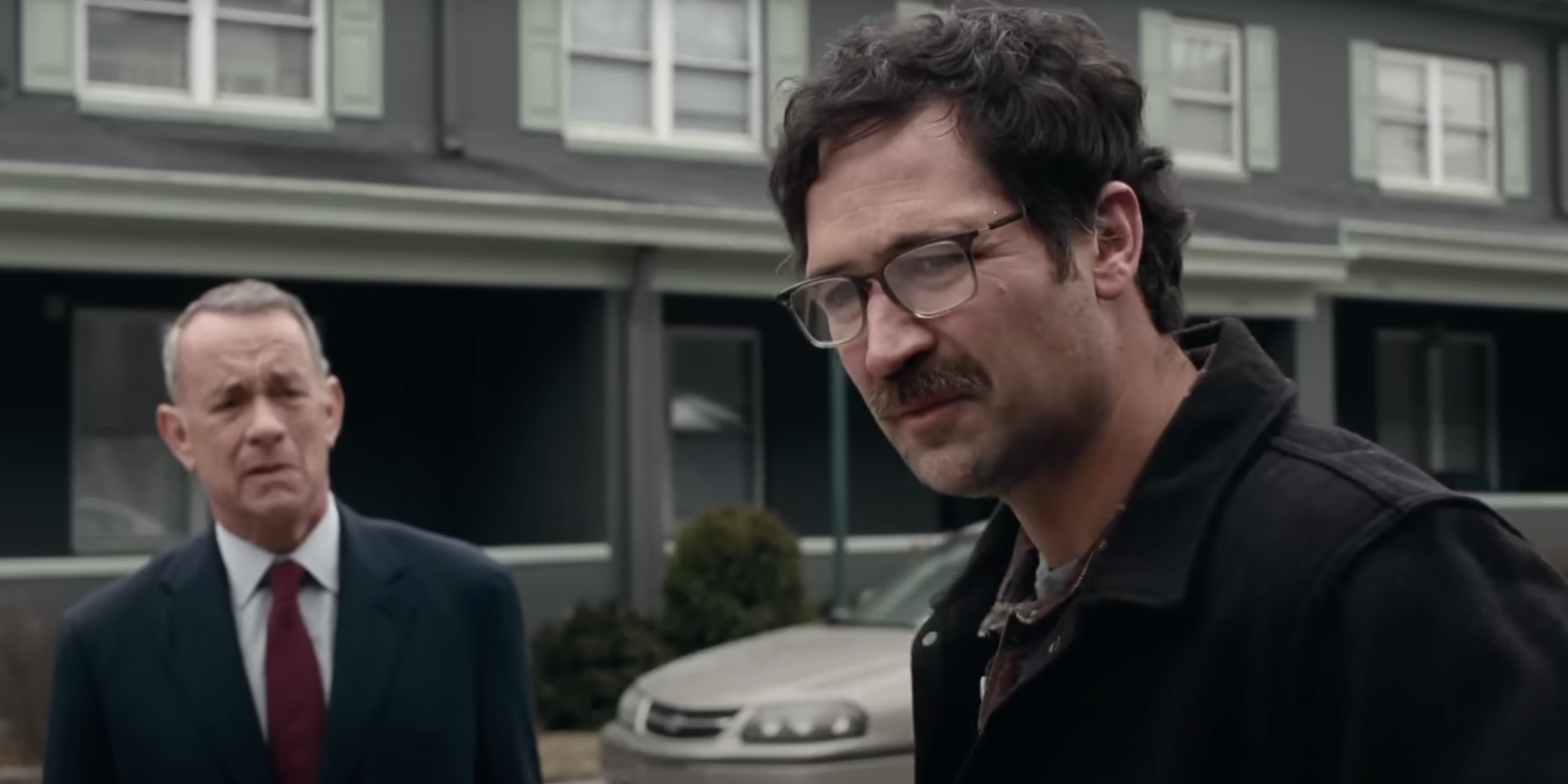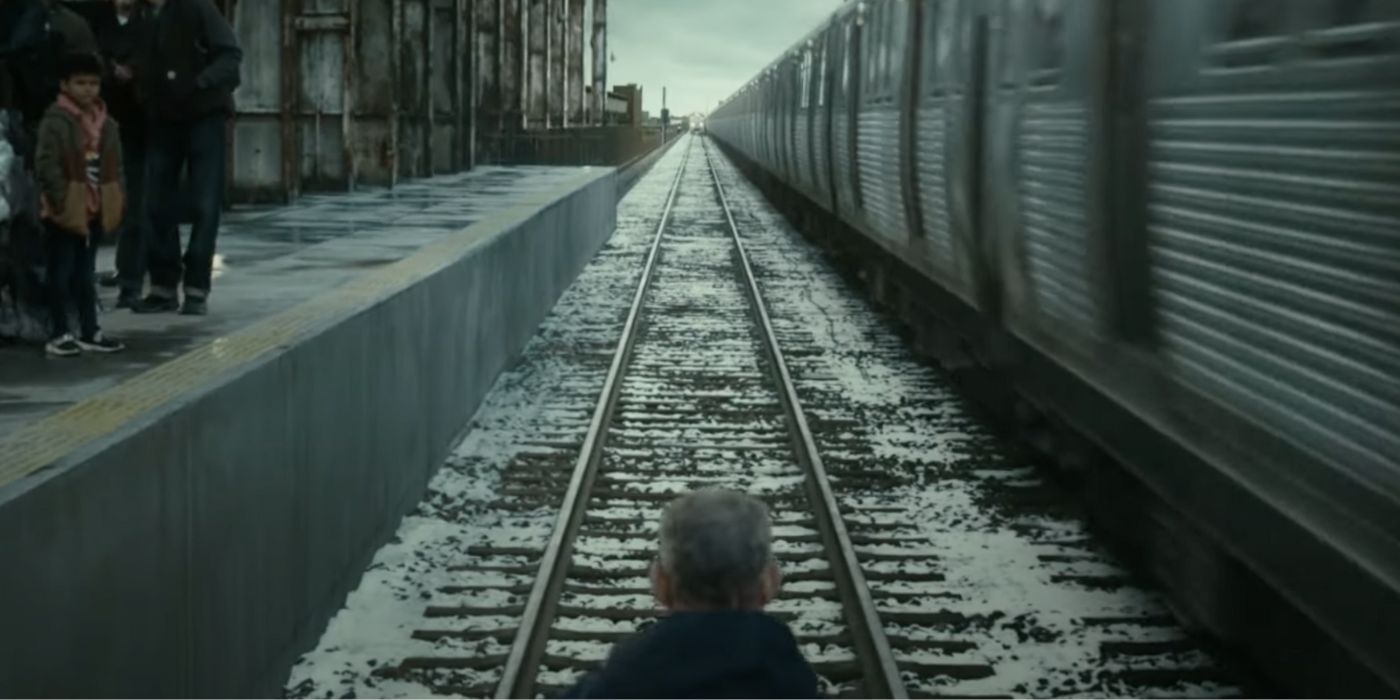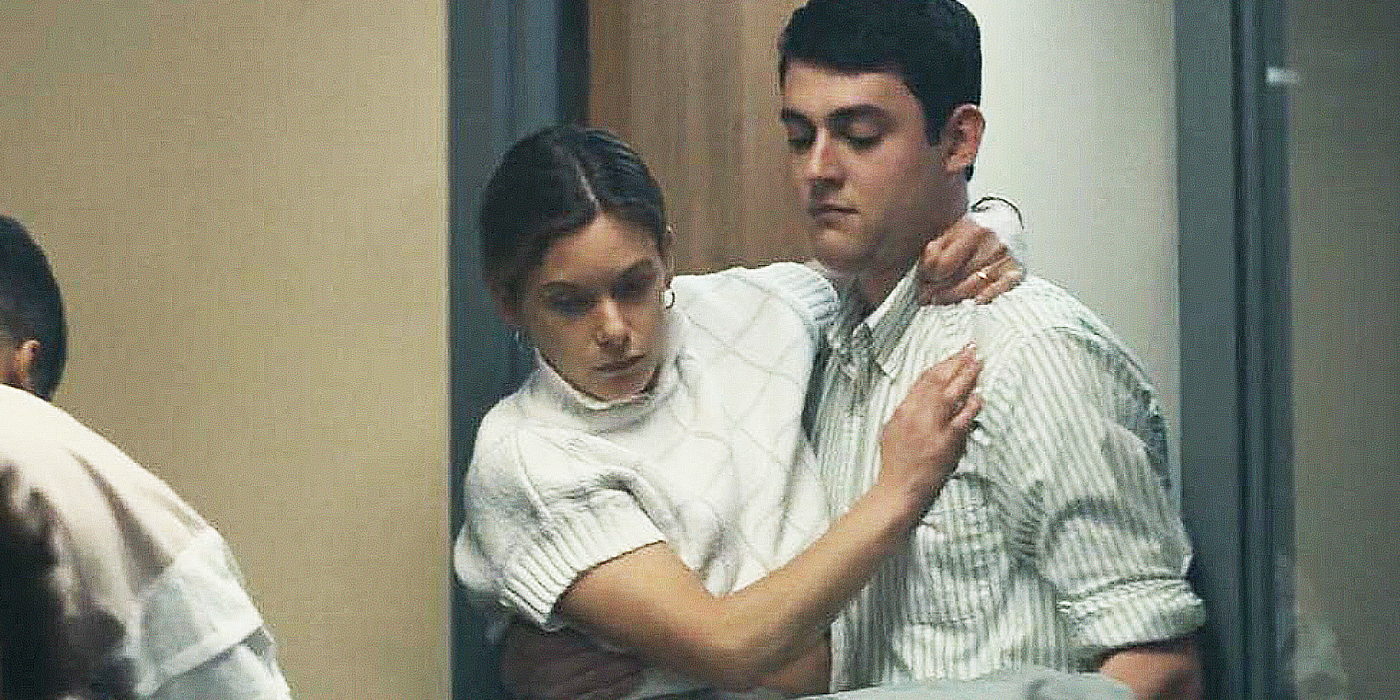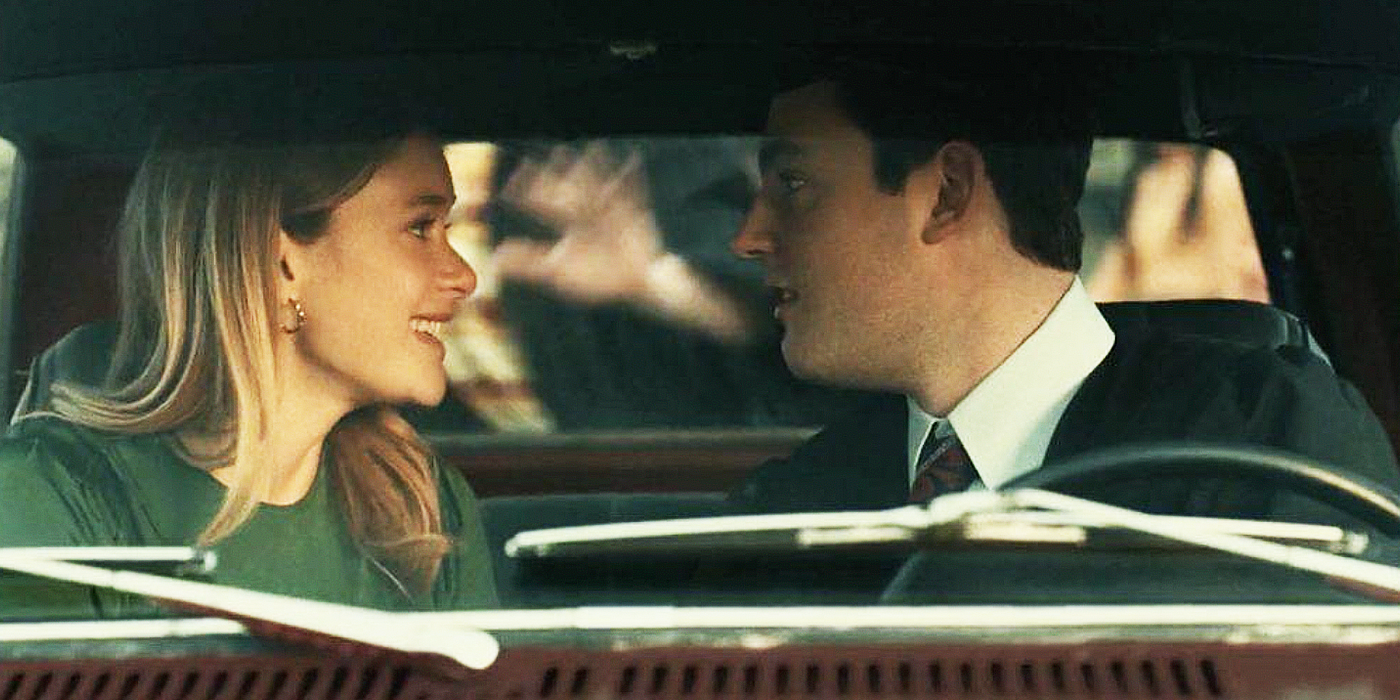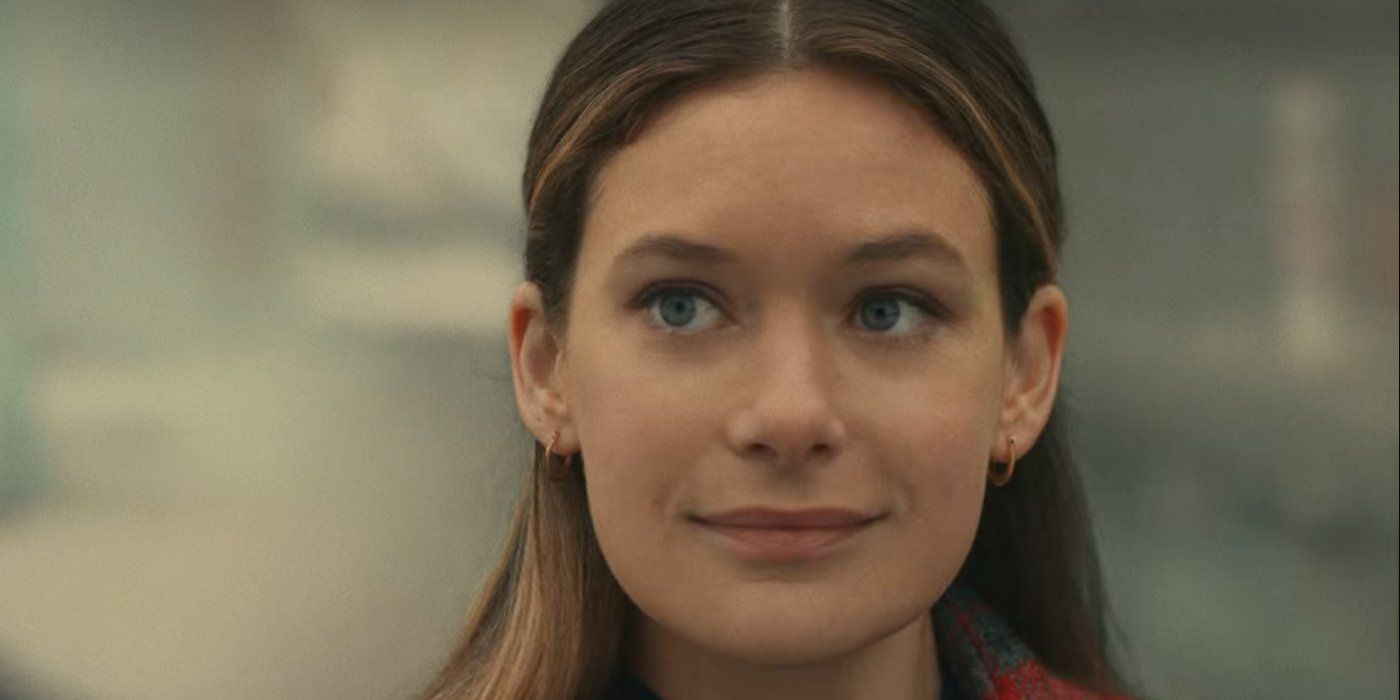A Man Called Otto cut several characters from the novel A Man Called Ove by Fredrik Backman as well as the 2015 Swedish film adaptation it was based on. While every version of A Man Called Otto features a cantankerous older man being taught how to live and love again after the death of his wife, they approach his journey through grief in a slightly different way. Often making a film accessible to a different market audience necessitates certain narrative changes, and characters must be cut or combined in order to get certain points or themes across.
A novel has much more time to focus on internal dialogue, whereas a film has to communicate in one look or gesture what might have taken five pages. Certain cultural differences between Sweden and America also meant a change or two between characters in order to communicate the same creative concepts. Some cut characters would have helped fans understand Otto’s status as a curmudgeon even more, while others’ characteristics were successfully placed elsewhere, making their absence less salient than if no trace of them existed at all.
7 Adrian
Adrian is a former student of Ove’s wife in both the book and film adaptation A Man Called Ove who’s trying to impress a girl on Ove’s street by repairing her bicycle. Ove (Rolf Lassgård) finds “The Youth”(Simon Edenroth) and his awkward personality incredibly irritating, but slowly grows to admire him once he realizes he’s working two jobs to save up for a car, and eventually helps him both repair the bicycle and purchase his first vehicle. He helps soften Ove’s heart through his connection Sonja and because of his commitment to bettering himself, which Ove saw as an admirable trait before his life became so depressing.
A Man Called Otto doesn’t feature Adrian, but does utilize his characteristics in Malcolm’s narrative. Malcolm is a trans teenager who impresses Otto with the fact that he has several jobs and is trying to purchase his first car. In much the same way, Malcolm’s optimism helps thaw Ove’s cynicism, while also offering a connection to his late wife. It’s a good example of how a character can be changed to be more inclusive without altering the story significantly from its source material.
6 Mirsad
Mirsad (Poyan Karimi), Adrian’s friend and coworker at the local cafe is another character who is cut from A Man Called Otto. In the novel, Mirsad is gay and observed to be verbally abused by his homophobic father Amel before he’s thrown out of the house, and though he’s initially reluctant to do so, Ove takes Mirsad in and allows him to stay at his house provided he makes himself useful. Mirsad’s characteristics and basic storyline are given to Malcolm, who moves in with Otto after his father throws him out of the house for being trans.
The two characters of Mirsad and Adrian are consolidated into Malcolm, who is continuously underestimated by Otto until the curmudgeonly old man begrudgingly offers his friendship and respect. Malcolm not only occupies the role of a younger queer character like Mirsad in the narrative, but he also represents how a character can adroitly be combined with another to adapt a narrative for a different country’s audience. He still proves to Otto that not all youth are wasteful and reckless, and keeps his connection to Sonya alive.
5 Amel
While a minor character, Mirsad’s father Amel is an important character in the book A Man Called Ove, and given the way Mirsad is combined with Adrian to make the character of Malcolm, he isn’t given the same attention in A Man Called Otto. Mirsad’s father throws his son out of the house for being gay, thereby necessitating his stay with Ove, but the old man decides to have a talk with Amel about what happened. The novel doesn’t explain what was said between them, but Amel has a change of heart and accepts Malcolm back home.
Excluding this character denies an integral part of the novel and what could have been a fascinating part of the movie. Instead, things are tidily made right with Malcolm but in a way that doesn’t offer growth for someone like Amel’s character. It would have been interesting to see what A Man Called Otto could have done showing the conversation in A Man Called Ove and revealing what Ove said to change the man’s perspective and help him learn to treat his son with love and respect.
4 Tom
In A Man Called Ove, Tom is an obnoxious and mean-spirited employee at the train company where Ove works after his father’s death. In A Man Called Otto, the train company has been changed into a Steel Mill, and Tom’s character has been morphed into several different employees. Tom has a specific purpose in the novel to highlight the root of Ove’s cynicism, and how he starts to see the bad in people rather than the good from an early age.
In the novel, Ove is paired with Tom to clean out a rail car and in one particular instance, they both find a wallet with a large sum of money that Ove wants to turn in, but Tom wants to keep. Eventually, it’s each man’s word against the other, and Tom makes it his life’s mission to make Ove’s life miserable, and he’s eventually fired by the director. Before he’s fired, Ove utters this quotable line from the book, “Men are what they are because of what they do, not what they say,” and the director allows him to be a night manager, which is how he meets Sonja.
3 José
A Man Called Otto features a few flashbacks of a young Otto and Sonya, but doesn’t touch on their tour of Spain featured in Backman’s novel, where they meet José, who runs the hotel the couple stays at on their bus tour. After witnessing Ove fix an old woman’s car, José offers them free food and they become friends. It’s a bittersweet memory that’s both happy and tragic, as the bus crashes and Ove’s wife suffers a miscarriage that confines her to a wheelchair for a time.
Six months after Sonya dies in A Man Called Otto, Otto keeps a photograph from that time period to remind him of their adventurous vacation, but the flashback doesn’t correlate in the same way with a significant part for José. Not only would it have offered a glimpse into Ove’s cynical way of thinking, but it would also have shown him getting along with people from other countries. His friendship with José indicates that at one point in his life, Ove was more trusting and open-minded around people of different backgrounds.
2 Otto’s Mother
A Man Called Otto doesn’t allude to very much of Otto or Sonya’s lives before they met, focusing its attention on their courtship and Otto’s father in flashbacks. In A Man Called Ove, Ove lost his mother at a young age, followed by his father in a dramatic accident on the train tracks. By not featuring much of Otto and Sonya’s early lives, as the novel does, A Man Called Otto loses some of the power behind its titular character’s pain, particularly since he loses his parents very close together.
1 Sonja’s Father
In the novel, Sonja’s father was a quiet man who, like Ove, didn’t like people and never really went into town, but he bonded with Ove over their love of Scania cars. The loss of Sonya’s father affected both her and Ove, and in the American remake, Otto is portrayed as being depressed over his wife’s passing, rather than a series of lost loved ones he shared an indelible connection with. Showing the fullness of his life with these characters, as well as its slow deterioration from one brutal event after another, would have made Otto’s attitude in A Man Called Otto even more understandable and relatable.

